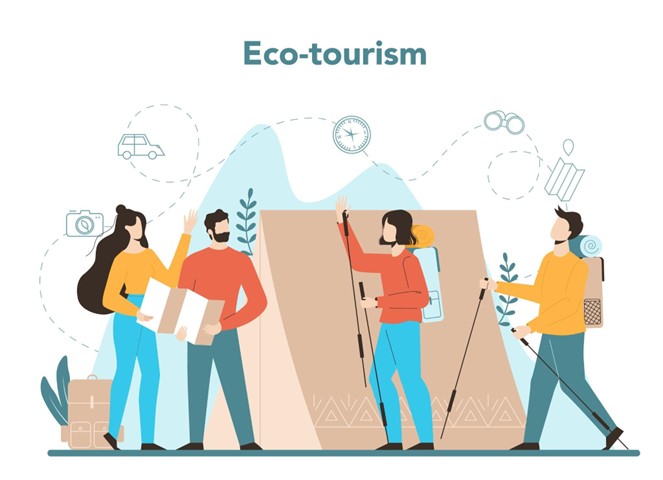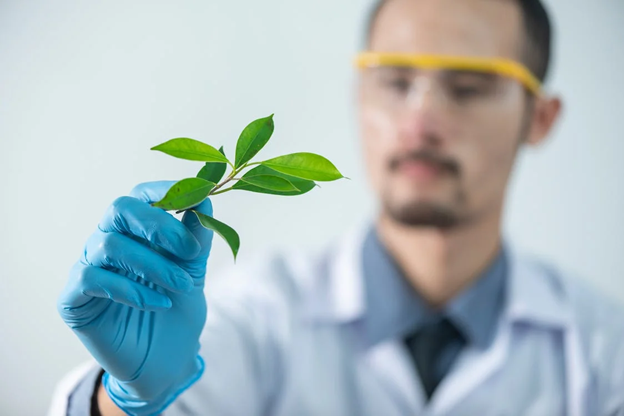Kitchen Sustainability: Creating an Eco-friendly Space
Sustainability has become increasingly important for members of the general public, and many are looking for eco-friendly businesses to support. It’s not just about the commitment to helping the environment but also about employing more sustainable practices in manufacturing and supply chains.
However, becoming more sustainable also implies getting products and items that will last longer so that you’re not constantly contributing to the rubbish accumulating in landfills and causing a rise in greenhouse gas emissions.

Timeless design
Choosing something classic and made from high-quality materials ensures you’ll get a piece that looks good regardless of how much time passes. This type of design is also relatively simple and lacks extra embellishments. Traditional kitchens follow a simple look, with clear lines and often neutral colors. Their design doesn’t only look good, it is also much easier to clean and maintain. You don’t have to worry about scrubbing stains and spills from inlays and ornamentation, and you can finish cleaning by wiping the surfaces with a damp cloth.
Cookware
It’s not just about your furniture items. The cookware and utensils you choose should be simple and long-lasting as well. Stainless steel and cast iron are the best options since they last considerably longer than non-stick ones. Even though the upfront costs will likely be more elevated, a cast iron skillet can be passed down to the next generation with adequate care, so it is an investment item. You should also invest in high-quality cloth and ditch the paper no matter how convenient it might seem.
Make sure that the knives you’re getting can be sharpened by steel, and banish single-use plastics from your utensil drawer. Copper utensils are durable and look good, but they are typically lined with a tin coating to prevent alterations to the taste of your food. This coating must be restored periodically. Stainless steel is also a good option because there’s no risk of rusting. Glass utensils can be used for baking since they can be heat-resistant, but you must be careful not to drop them.
The stove
The stove you choose is vital if you enjoy making home-cooked meals. A good cooker lets you prepare food and can also be used for baking, but many options are currently available. Which is the most environmentally friendly? From an environmental point of view, the induction cooktops are the best alternative. They save energy and don’t create emissions like their alternatives. Their carbon footprint is typically cleaner as well.
However, since they’re relatively new, they also come with a hefty price tag, which can take them far away from the budget of many homeowners. Gas stoves have recently been associated with potentially detrimental effects on human health and can lead to or exacerbate lung issues such as asthma. Their main advantage is that it is easy to control the temperature, and heat doesn’t go to waste in the house. However, they can add up to 39% more NO2 and CO to your home, contributing to indoor air pollution.
Efficient appliances
Energy efficiency is one of the most critical aspects of creating a sustainable kitchen. Even though holding on to your appliances is a good thing, and replacing them too often only means making more rubbish, you should also consider upgrading your old devices if new models are available. In some cases, however, you can also repair your old ones to add some tweaks to their design and remedy the inefficiency.
If you must get rid of old appliances, you should look into take-back programs that help you dispose of everything safely. Many appliances contain materials or chemicals that are potentially dangerous, and you don’t want to let these substances poison water sources or go into the soil. The energy efficiency rating can apply to any appliance, including refrigerators, freezers, dishwashers and stoves.
Choose a simple design to keep in line with the classic, timeless look. You most likely don’t need smart apps attached to your cooker or fridge and will probably never use them anyway.
Cooking
Food, agriculture and eating habits are an essential part of the conversation surrounding sustainability. Choosing to become more plant-based is one of the most well-known options. You don’t have to switch to a vegan diet overnight, but simply limiting the amount of animal products you’re consuming will go a long way. Beef is perhaps the best-known culprit, but you don’t have to remove it from the menu altogether to have an impact. However, replacing it with chicken or a plant-based protein source like lentils, nuts and seeds, peas, or beans will instantly reduce your carbon footprint.
When you’re cooking, you should try to avoid preheating the oven. Most new ovens reach the right temperature so fast that the practice of letting your oven heat up has mainly become unnecessary. To get the most use out of your oven, you should try making more than one single dish at once. Pressure cookers can also help you save energy since they reduce cooking time.
Food waste
Food waste is a big problem for sustainability. Every year, roughly a third of the world’s food is wasted. That’s well over 1 billion tonnes, an astounding quantity that is never used at all. You can avoid throwing away food by being a more responsible shopper. Bring a list with you anytime you’re getting groceries to avoid coming back with much more than you need. Since you won’t be able to eat everything in time, you will inevitably throw it away.
Learn to use leftovers and incorporate them into new dishes. Anything that’s left from last night’s dinner can be reworked into a breakfast or a packed lunch. You’ll also notice that it’s much easier to get a hold of your finances when you don’t waste food, as you’re not constantly shopping for ingredients just to toss them in the bin.
Creating a more sustainable kitchen takes time, dedication and attention to detail. After you become accustomed to what it means to be eco-friendly, you can move a little further and shop for local ingredients with a lower carbon footprint because they don’t need to be transported over long distances, or choose green dishwashing liquids, surface cleaners and detergents. Becoming more sustainable is a gradual process, and the more you learn, the better you’ll be.


















